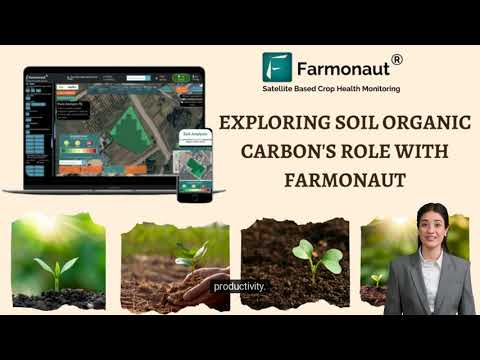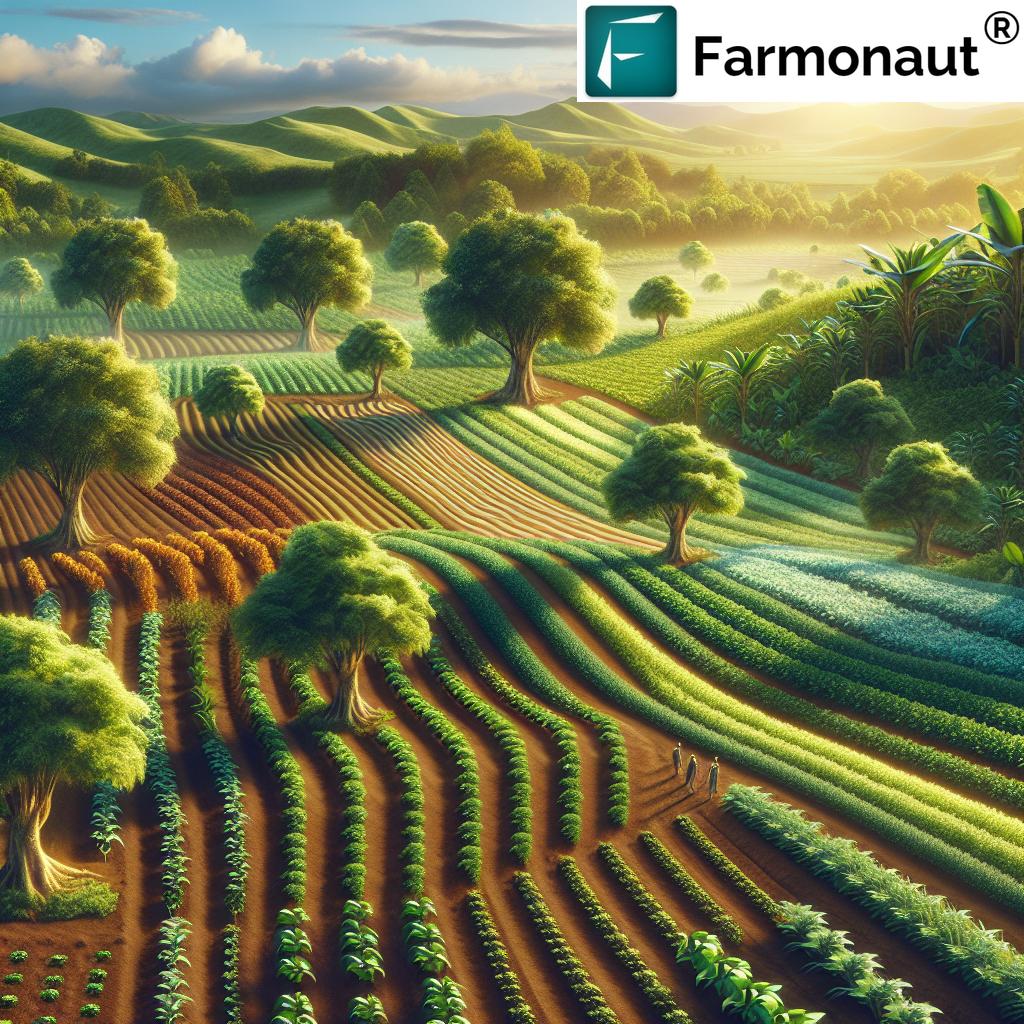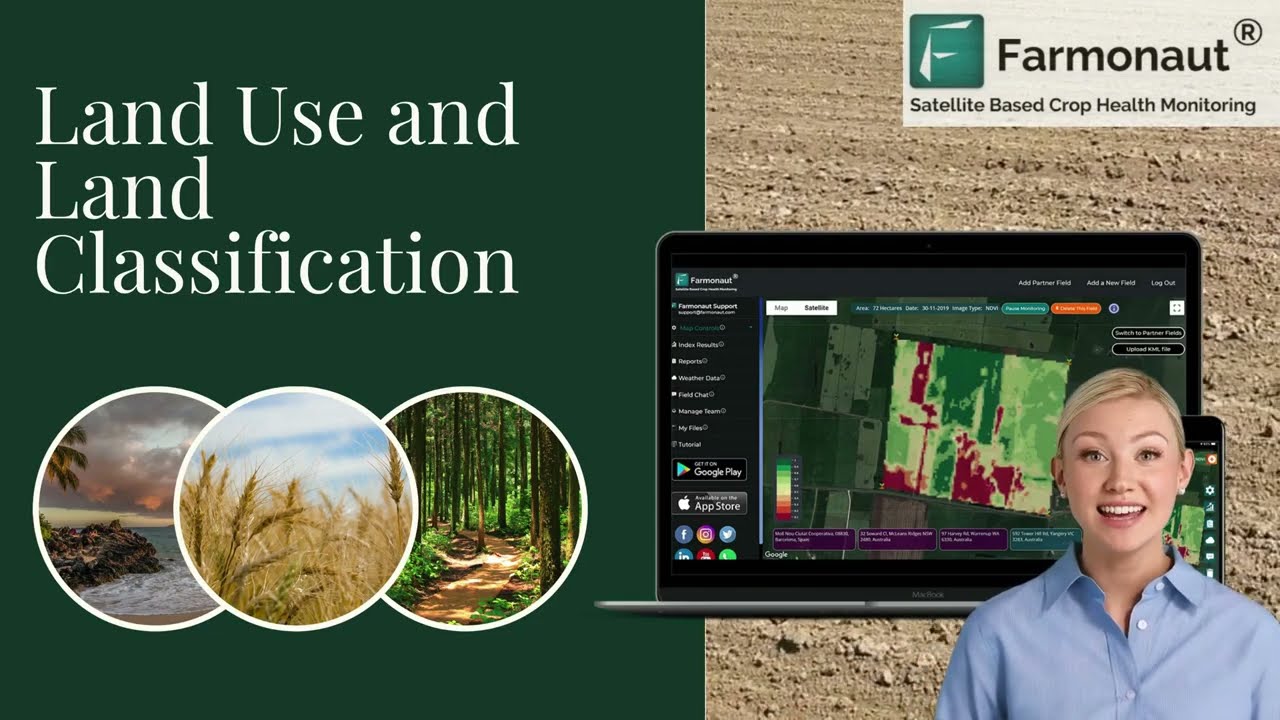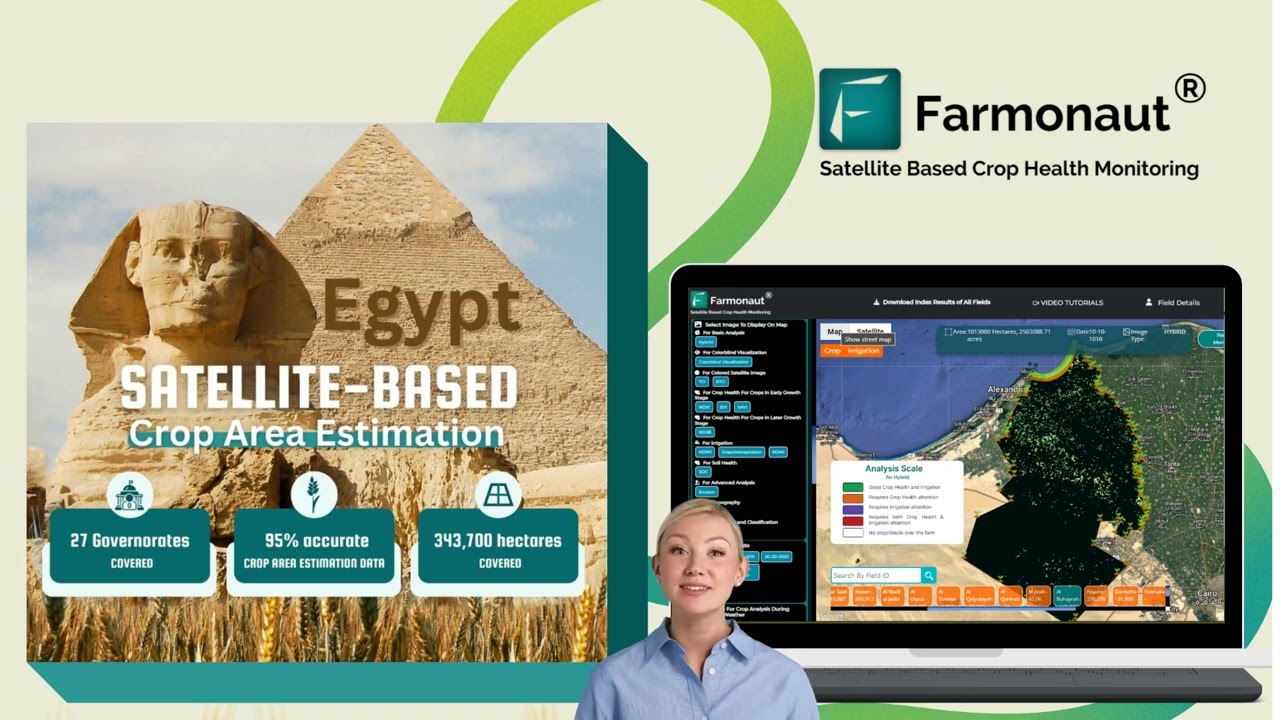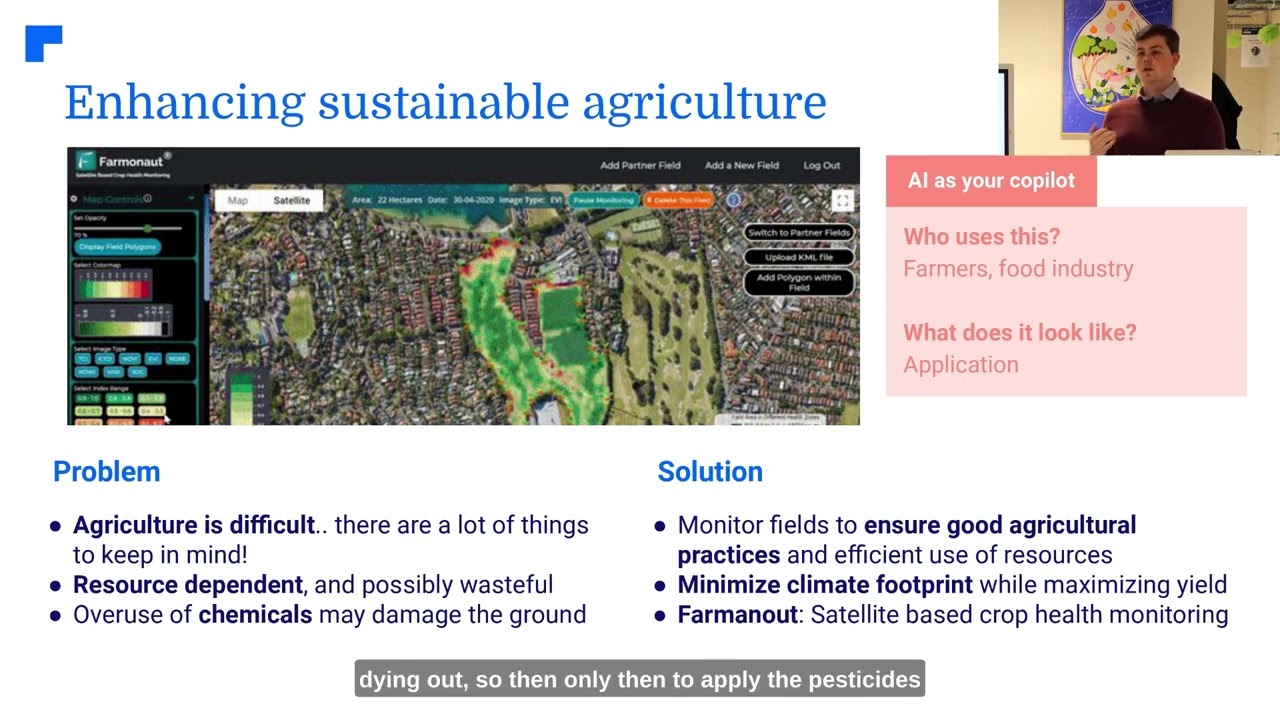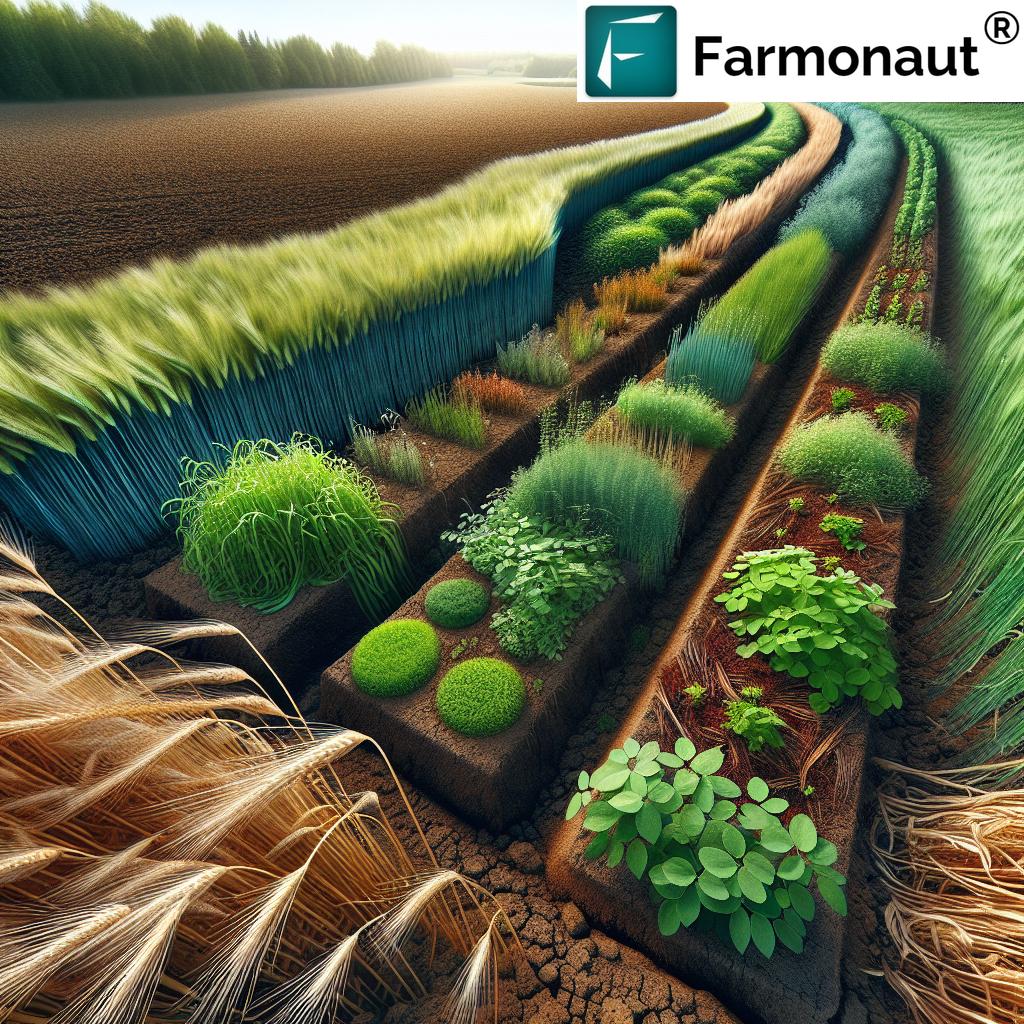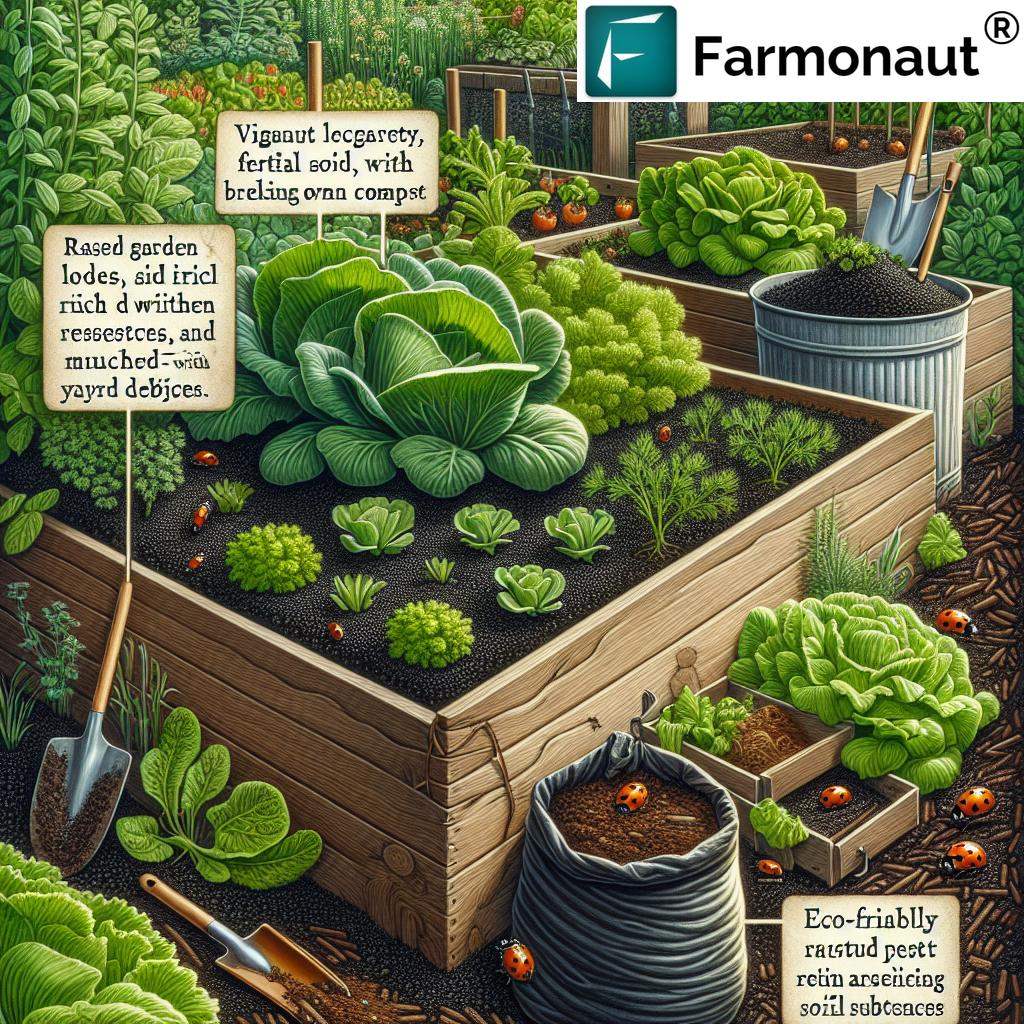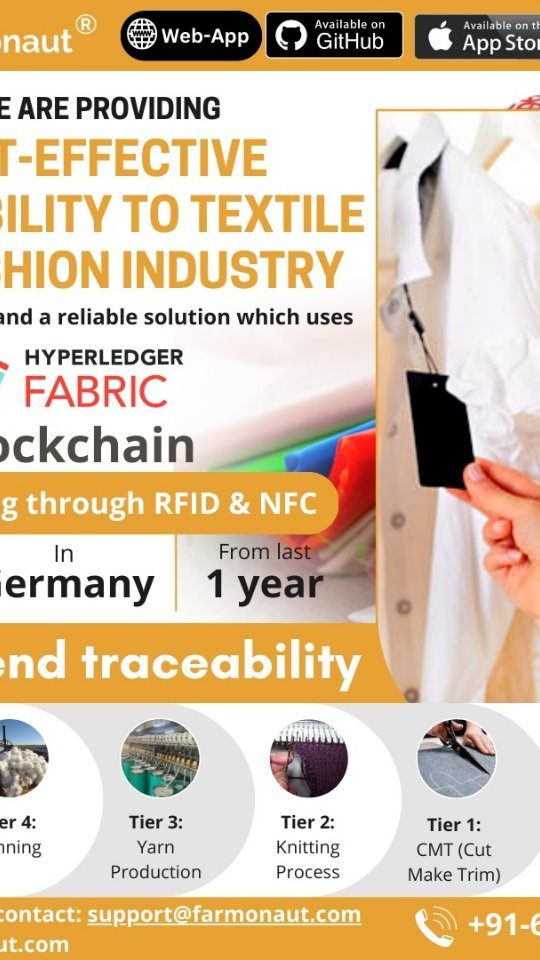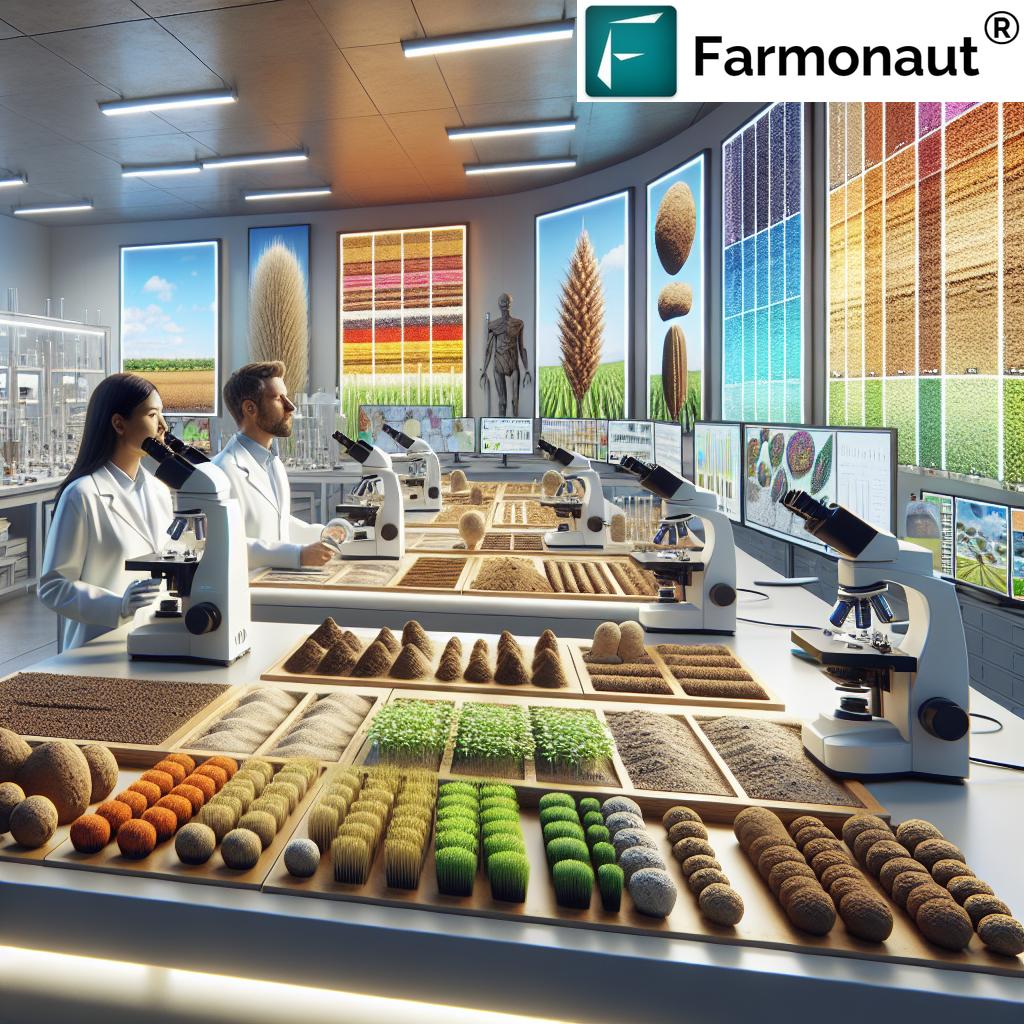Table of Contents
- Introduction: The Imperative for Sustainable Food Production
- Key Principles of Sustainable Food Production
- Sustainable Food Production: 7 Shocking Yield Hacks!
- Comparative Table: Benefits and Costs of Yield Hacks
- Challenges and Considerations
- Farmonaut’s Edge in Smart, Sustainable Agriculture
- Frequently Asked Questions (FAQ)
- Conclusion: Building a Food-Secure, Sustainable Future
Sustainable Food Production: 7 Shocking Yield Hacks!
As we confront environmental crises, feeding a growing global population and preserving natural resources have never been more urgent. Sustainable food production stands at the center of this mission, blending agriculture, farming, and forestry with innovative methods that prioritize environmental health, economic profitability, and social equity.
In this comprehensive guide, we’ll dive into the interlocking worlds of farming, environmental stewardship, and advanced technologies like IoT and AI. We’ll unveil seven evidence-backed yield hacks that transform how we approach sustainable agriculture—from agroforestry systems and biointensive farming methods to conservation agriculture techniques and controlled environment agriculture. Along the way, discover how platforms like Farmonaut make these advances accessible, affordable, and impactful at scale.
Let’s explore the strategies reshaping our food systems for resilience, security, and a healthier planet.
Key Principles of Sustainable Food Production
Sustainable food production is a holistic approach that transcends mere output. It ensures we meet today’s food needs without compromising the ability of future generations. Let’s explore the principles that undergird truly sustainable agriculture:
1. Environmental Stewardship
Our first duty is to protect and enhance the natural environment. Practices like crop rotation, reduced chemical use, and soil restoration are integral to maintaining soil health and biodiversity. Take, for example, agroforestry—it combines crops and trees, revives soil, restores ecosystems, and supplies diversified income. By promoting such stewardship, we can nurture an environmental equilibrium that increases both yield and sustainability.
Source
2. Economic Viability
No method survives unless it’s economically feasible for farmers. Investing in regenerative farming practices can halve food system emissions by 2030, but the upfront costs and potential for initial yield losses often fall on farmers. Corporations and policymakers must support by offering premium payments for sustainable crops, financial incentives, and customized training—ensuring the adoption of regenerative systems is truly sustainable.
Source
3. Social Responsibility
True sustainability encompasses fair labor, local community support, and equitable resource access. Movements like Slow Food highlight traditional agroecological practices and resilience to climate change. Ensuring social equity and empowering communities are essential for food systems that endure.
Sustainable Food Production: 7 Shocking Yield Hacks!
Unlocking the full potential of sustainable agriculture requires creative, proven strategies across soil health, crop selection, resource management, and smart technologies. Here are our seven yield-boosting, resilience-building hacks for a thriving, future-ready food system:
-
Agroforestry: Merging Crops and Trees for Greater Yield
Agroforestry systems are innovative land-use models that integrate trees, shrubs, and crops onto the same land. Unlike monocultures, these systems combine agricultural and forestry technologies, leading to mutual ecological and economic benefits:
- Increase farm productivity and yields—studies show up to 56% improvement!
- Enhance biodiversity and restore the ecosystem
- Reduce soil erosion through tree roots and fallen biomass
- Increase carbon sequestration, mitigating the effects of climate change
- Provide diverse income with timber, fruits, nuts, and non-timber products
Agroforestry bridges the gap between traditional and modern agriculture, ensuring both short- and long-term resilience.
-
Biointensive Farming Methods: Maximizing Output with Minimal Resources
Biointensive systems focus on optimizing crop density, soil biology, and energy flows to multiply yields dramatically:
- Utilize deep soil preparation—fostering root depth and microbial activity
- Apply composting and organic matter for soil restoration
- Use close plant spacing and companion planting for biodiversity and pest resistance
- Create living mulch to preserve moisture and suppress weeds
Studies indicate that biointensive farming can produce up to 4x more food per acre compared to conventional farming, making it ideal for small and medium-sized farms seeking economic viability and environmental health.
-
Precision Irrigation: Smart Water Management to Boost Yields
Water is agriculture’s lifeblood. Precision irrigation systems—like drip and micro-sprinkler technologies—ensure we use every drop where it’s needed most. The benefits include:
- Dramatic reduction in water use (up to 50% less than flood irrigation)
- Enhanced crop yields and improved quality due to steady moisture
- Minimized nutrient loss and runoff, protecting the environment
Combining IoT sensors (see below) allows for real-time water monitoring, further refining efficiency and maximizing yield per hectare.
-
Crop Rotation: Breaking Pest & Disease Cycles
Conservation agriculture techniques like crop rotation involve systematically alternating plant families on the same plot each season. This simple method has powerful results:
- Breaks cycles of pests, weeds, and diseases
- Reduces the need for chemical inputs
- Improves soil health via varied root structures and organic residue
- If combined with minimal soil disturbance, greatly reduces erosion
Crop rotation, by maintaining a permanent soil cover and crop diversity, is central to resilient sustainable agriculture and food security.
-
Integrated Pest Management: Ecological Control for Healthy Crops
Integrated Pest Management (IPM) combines biological, cultural, and mechanical tactics with judicious minimal use of chemicals:
- Use of beneficial insects and predators
- Traps, crop netting, and resistant varieties
- Live monitoring to target issues before they escalate—boosted by Farmonaut’s AI-based crop health monitoring
IPM supports biodiversity and delivers healthier crops that meet market standards with fewer residues.
-
IoT-Based Monitoring: Smart Agriculture Technology for Real-Time Precision
The Internet of Things (IoT) transforms farm management. Sensors track soil moisture, temperature, humidity, and pest pressure—transmitting real-time data to dashboards or mobile apps like Farmonaut and their Agro Admin large-scale farm management tools. Core benefits:
- Reduce water, energy, and fertilizer use
- Instant alerts for stress or pest outbreaks
- Maximize crop yields, income, and profitability
- Support climate change adaptation by optimizing inputs with weather forecasts
Smart farming enhances resource efficiency, drastically reduces emissions, and paves the way for regenerative farming practices at scale.
➡ For developers and agri-businesses seeking to integrate such smart monitoring, explore the Farmonaut API and API Developer Docs for seamless access to satellite data and analytics.
-
Vertical Farming/Controlled Environment Agriculture (CEA): Year-Round Yield Unleashed
Controlled Environment Agriculture (CEA) brings farming indoors with tightly managed conditions:
- Methods like hydroponics, aeroponics, and aquaponics supply optimal water and nutrients directly to plant roots
- Perfect for urban or space-constrained environments—producing high-density crops year-round
- Reduce need for chemical pesticides and minimize land use
- By recycling water and nutrients, CEA conserves resources while improving health and quality of crops
With advances in IoT and AI, CEA can be fine-tuned day-to-day, maximizing yield and adapting rapidly to climate change and market needs.
🌱 For advanced resource planning and automation, pair CEA with Farmonaut’s Fleet Management tools—optimizing equipment and labor for best results.
Comparative Benefits Table: 7 Smart Yield Hacks in Sustainable Food Production
Challenges and Considerations in Sustainable Food Production
While sustainable food production promises major benefits, there are real-world challenges in adoption, especially for small-scale and resource-constrained farmers. Addressing these is essential for scaling up resilient agriculture worldwide.
- Economic Barriers: Upfront investment in sustainable systems can be a hurdle—whether for infrastructure, seedlings, or training. Access to affordable credit, financial incentives for farmers, and governmental subsidies are crucial.
- Knowledge and Training: Education is the backbone of successful adoption. Farmers need up-to-date, context-relevant guidance to implement new techniques effectively. Providing training and advisory services—like Farmonaut’s AI-powered Jeevn Advisory System—accelerates the learning curve.
- Supportive Policy and Regulation: Governments must direct policies that incentivize sustainable practices, guarantee market access for sustainably produced products, and enforce standards for soil, water, and biodiversity protection.
- Climate Change Adaptation: Changing weather poses a growing threat—think drought, heatwaves, flood, and unpredictable seasons. Adopting resilience-building, adaptive systems (e.g., diverse crop rotations and rapid-response tech like satellite crop health monitoring) is now essential.
– verify every step of your agri-supply chain, build consumer trust, and minimize fraud risk with next-gen transparency.
– track emissions, optimize practices, and support compliance with sustainable agriculture standards.
– accelerate access to financing, minimize risk, and secure your farm’s economic future.
Farmonaut’s Edge in Smart, Sustainable Agriculture
Farmonaut is redefining precision agriculture by making data-driven insights accessible and affordable for every farmer and agribusiness—no expensive on-farm sensors or hardware required. By harnessing satellite data, artificial intelligence (AI), and blockchain, Farmonaut empowers all players in the food production system to meet sustainability, resilience, and profitability targets.
- Satellite Crop Health Monitoring: Access up-to-the-minute NDVI vegetation health, soil moisture, and stress alerts; support timely irrigation, fertilizer, and pest/disease management decisions.
- AI-Driven Jeevn Advisory: Personalized, real-time crop management advice combining weather, satellite, and field data—improving outcomes and optimizing resources.
- Resource & Fleet Management: Easy tracking of vehicles and machinery; streamline logistics and reduce operational costs with digital oversight.
- Carbon Footprinting: Track your farm’s emissions, benchmark impact, and prepare for upcoming compliance requirements with real-time, actionable metrics.
- Traceability Solutions: Provide end-to-end blockchain-based transparency from farm to plate, strengthening supply chain resilience and consumer confidence.
- Flexible Access: Available via Android, iOS, Web, and API for instant access from the field or office.
Farmonaut’s subscription model is built for everyone—from individual smallholders to government agencies, ensuring scalable support for sustainable agriculture:
Frequently Asked Questions (FAQ) on Sustainable Food Production
What is sustainable food production?
Sustainable food production is an integrated approach encompassing farming, agriculture, and forestry that meets today’s food needs without jeopardizing the ability of future generations. It emphasizes environmental stewardship, economic viability, and social equity.
How do sustainable agriculture techniques support climate change mitigation?
By reducing chemical use, improving soil health, and increasing carbon sequestration through methods such as agroforestry, conservation agriculture, and biointensive systems, we lower emissions and build resilience to climate change.
Is sustainable food production economically viable?
With proper support—including financial incentives, market premiums, and access to data—sustainable production quickly pays off by reducing input costs, increasing yields, protecting farm income, and strengthening long-term resilience.
Which Farmonaut tools help in sustainable farming?
Key Farmonaut tools include satellite crop health monitoring, resource and fleet management, carbon footprint tracking, blockchain traceability, and satellite-based crop loan and insurance verification.
How do I get started with Farmonaut’s solutions?
Simply download the Farmonaut App for Android or iOS, or access via web browser. APIs and developer documentation are also available for custom integration.
What kind of farms benefit from these yield hacks?
Both smallholder and large-scale farms can benefit. Agroforestry systems and biointensive farming methods offer big returns for limited land, while IoT-based smart agriculture technology and CEA/vertical farming are well-suited to advanced and urban farms as well.
Conclusion: Building a Food-Secure, Sustainable Future Together
Sustainable food production isn’t just a buzzword—it’s the foundation for our planet’s future food security, ecological health, and human prosperity. By adopting agroforestry, biointensive systems, conservation agriculture techniques, integrated pest management, crop rotation, IoT-driven smart agriculture technology, and controlled environment agriculture, we can radically enhance yields, safeguard our environmental resources, and ensure stable income for all farmers.
Success relies on policy support, tailored education, actionable real-time data (such as provided by platforms like Farmonaut), and fair access to financial support. When technology, tradition, and stewardship merge, we’ll meet—and even exceed—our shared challenges of climate change and agriculture.
Let’s commit to sustainability—as producers, businesses, policymakers, and consumers. By scaling these seven hacks, we’re not just increasing yields—we’re restoring balance to our food system, providing for current and future generations.





